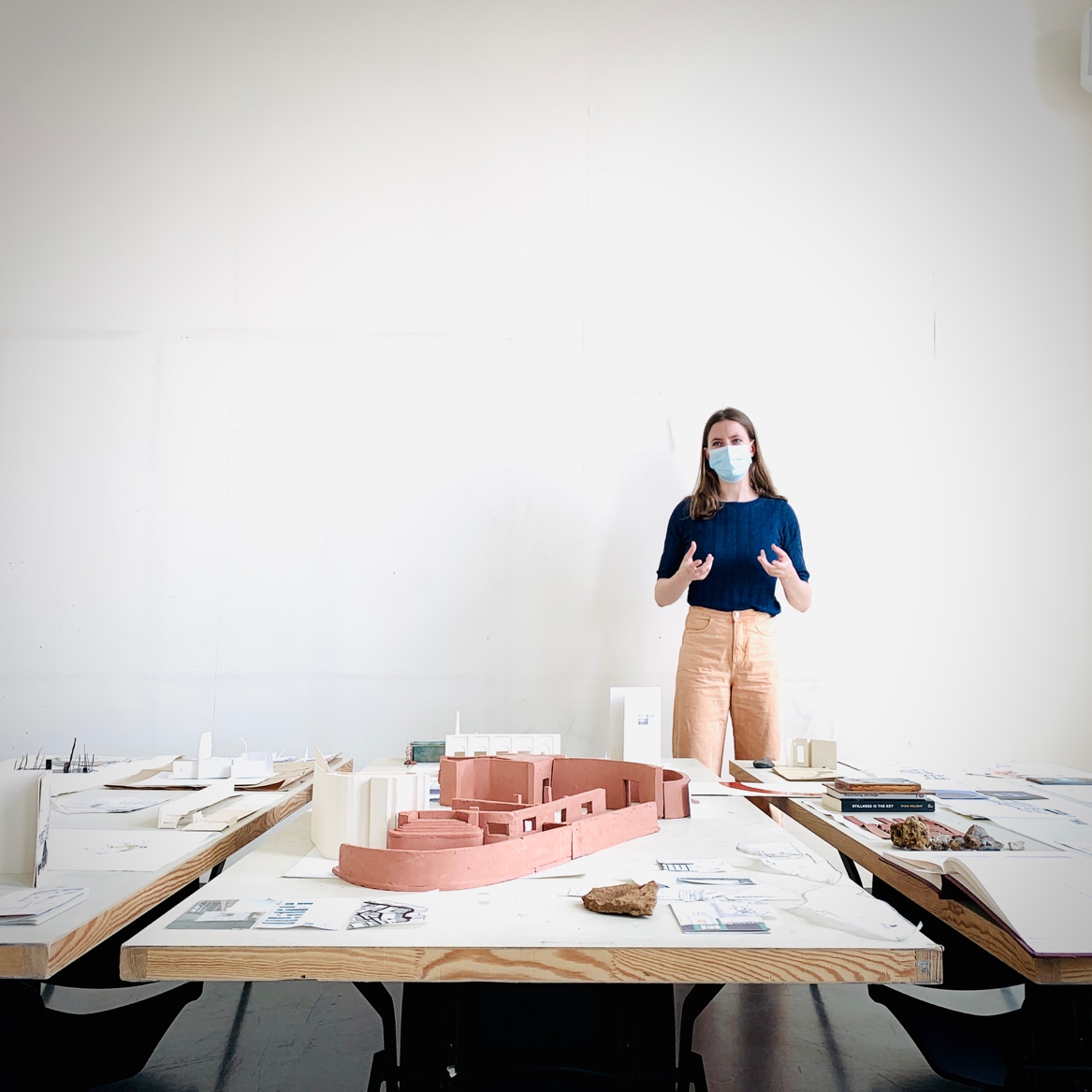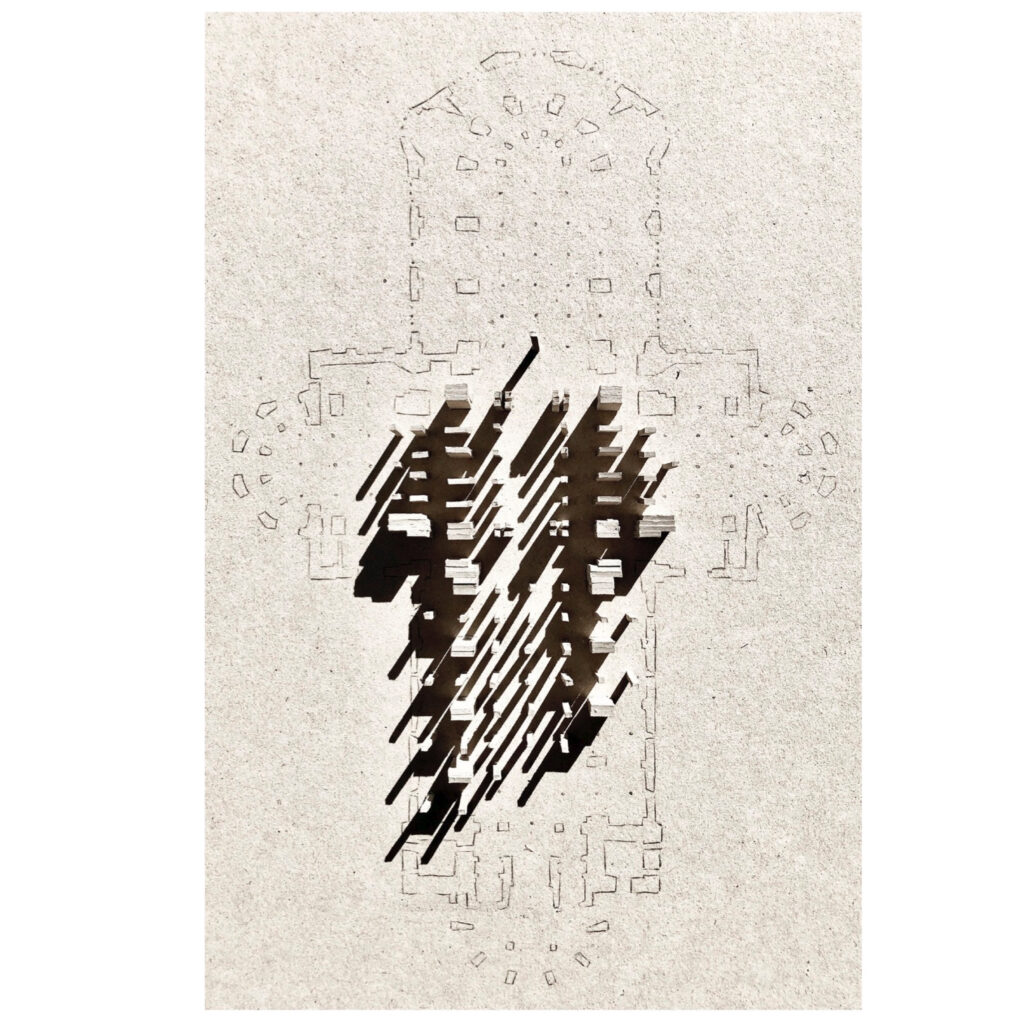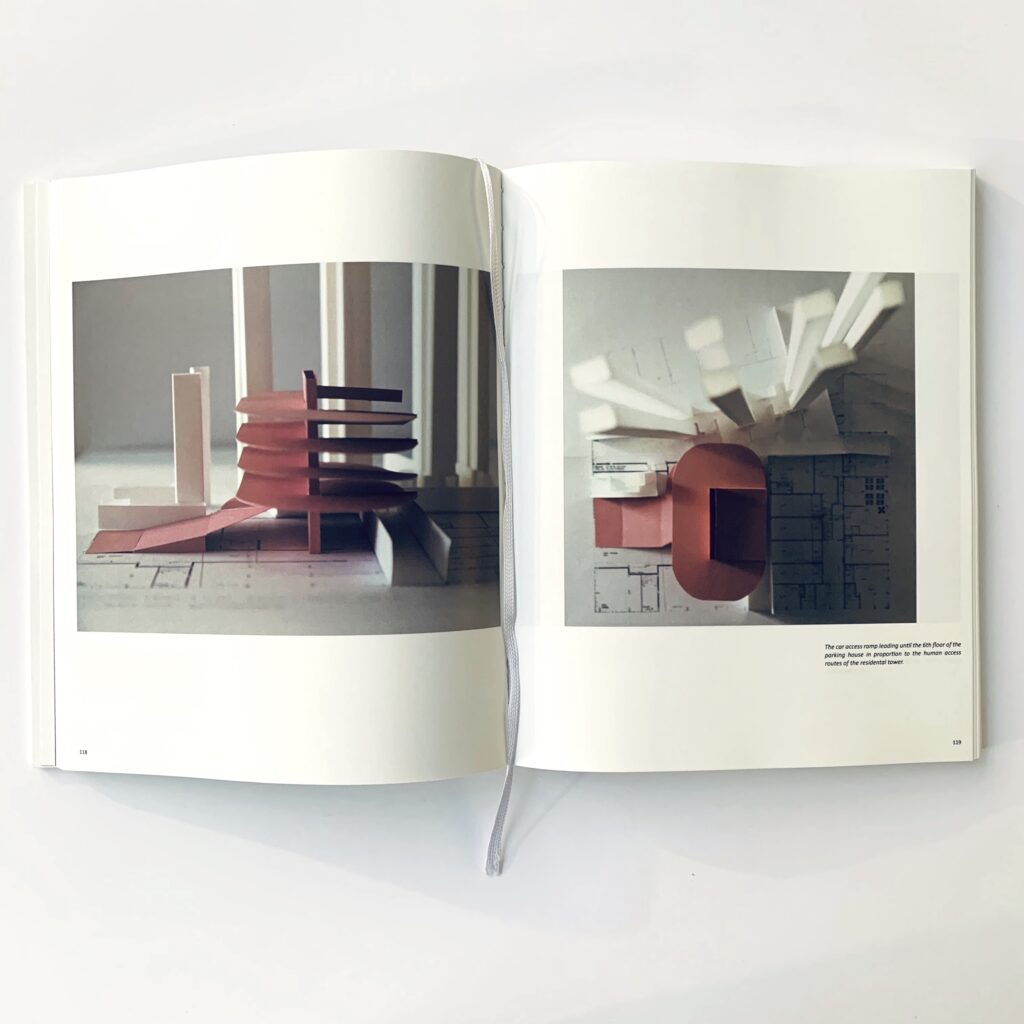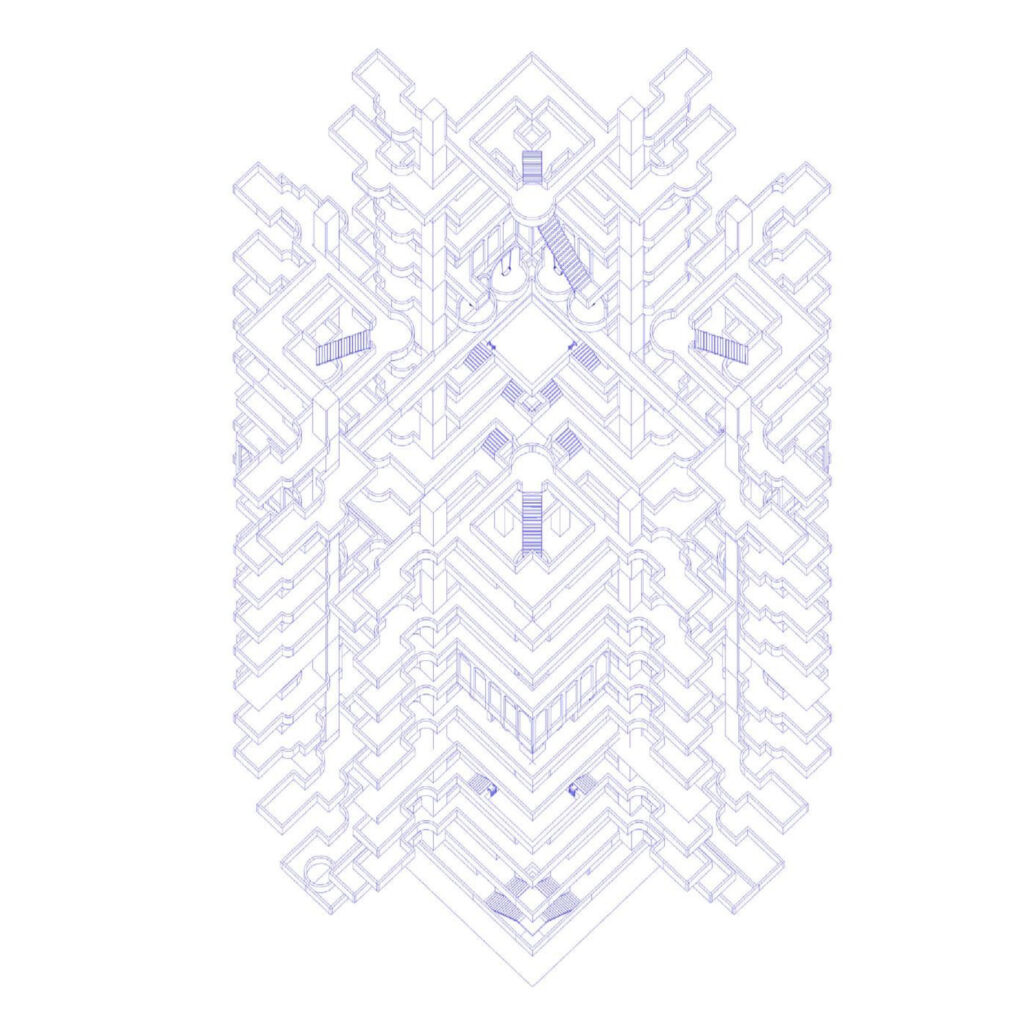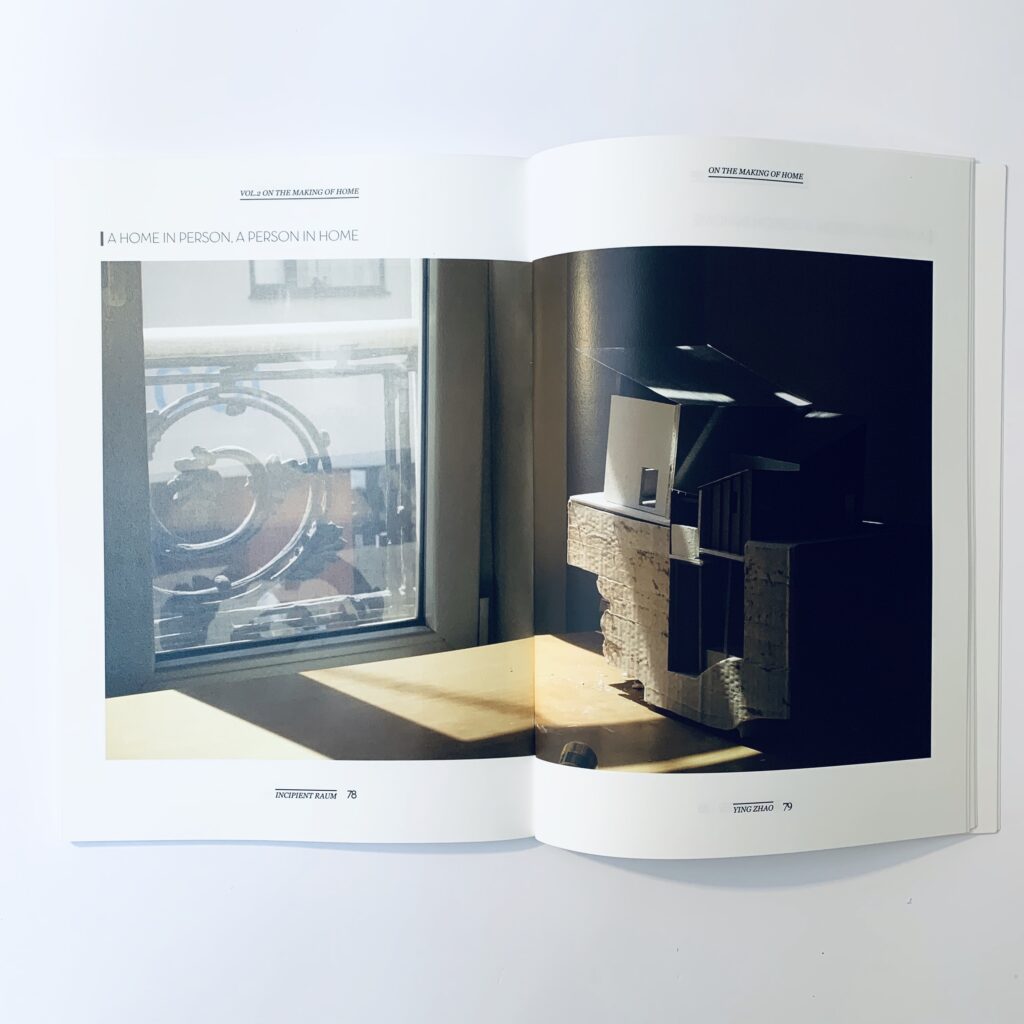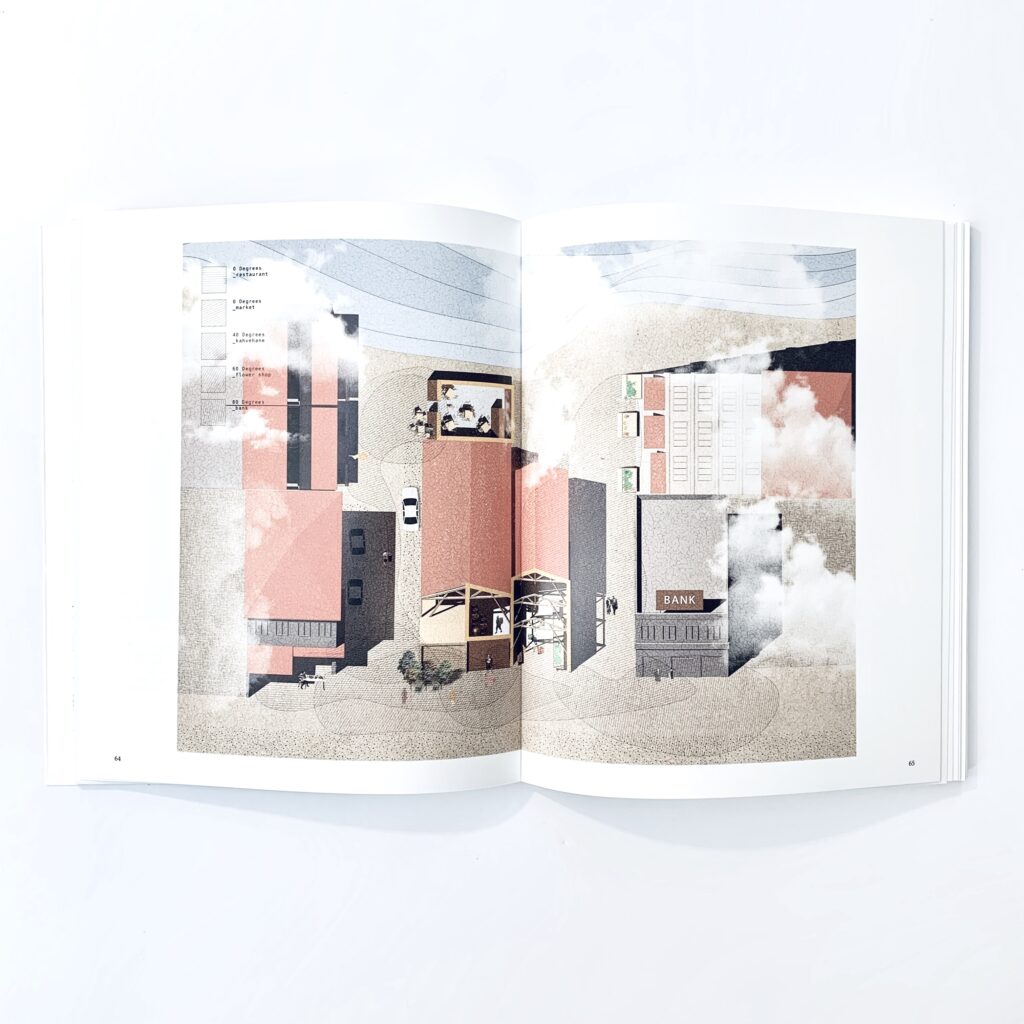Can a detail save the world?
INCIPIENT RAUM
A Detail in (the) Making, (a) building in distress
Incipit: (Latin, meaning: to take in hand, begin, commence.)
And so, it begins: Imagine an unknown room, in an unknown edifice, in an unknown city.
Then ask this question: ‘How is it made?’
Incipient Raum Of Making
In the Incipient Raum projects start with the question of ‘how things are made’. At the same time, ‘making’ is the modus operandi and ‘raison d’être’ of the Incipient Raum. And, when a line is drawn within the Incipient Raum, you are expected to imagine how that line can be materialised. You will be expected to observe how that line leads to another and is entangled with others.
Incipient as Spatial Condition
Incipient is borrowed from the Latin incipiēns, which means: present participle of incipiō (“begin”). It is mainly used as ‘beginning to happen or develop’ or as ‘developing into a specified type or role’. Soil for instance can be incipient. And how about spaces? Can they be incipient? Can the idea of the incipient address urgent themes in architecture? Think for instance of adapting existing spaces or the idea of non-extractive architecture?
The Detail (h)as Agency
Through architecture we transform. Not always through the production of new buildings, but more importantly, through the creation of (new) spatial relations. And agency plays a role in this. Agency has to do with performance and operationality. It fosters relationships. Agency is the capacity of an actor to act in a given environment. This actor in the case of the Incipient Raum is the detail. How does the detail act on the whole? And when we push the idea, as a member of the Incipient Raum you are invited to investigates how a detail can go beyond the mere solving of a technical issue and thus having real agency. Dare you ask: Can a detail save the world?
Incipient Themes
The Incipient Raum is a time and space in which you can give yourself the opportunity to explore and develop, through an intensive production of architectural artefacts of inquiry, your positions and attitude towards any of these themes:
> The unlocking of spatial opportunities of existing spaces;
> Exploring material reality and non-extractive architecture;
> Developing documentation of architecture as architecture (of documentation);
> Critically Caring: Can a detail save the world?
Through Making
Within the Incipient Raum, the production of architectural artefacts of inquiry is the driving force of a design discourse. The architectural research is in making and producing and finding fulfilment in the act of making.
Careful Observations
From careful observations of the hyper local conditions in and around an existing building in distress, an exploration of its materiality and context will develop. Through controlled experiments and the well-crafted documentation thereof, a transformation of the existing is induced. This architectural practice is one of realising spatial relationships, not one of producing program.
Controlled experiments
Architecture as a discipline or field has always benefited from a critical creative approach. Making and the production of many alternatives, studies and etudes, has been proven to be a super powerful generator of the new and the pertinent. And of spatial relationships. Experimentation through making will be the central motif of the Incipient Raum studio.
Well-crafted architectural artefacts
All of this is done through a series of experiments of architectural Incipient Explorations, in detail and otherwise. You will adopt different viewpoints simultaneously. Explore existing and often unnoticed spatial correspondences. But also, realise new correspondences. Through interweaving viewpoints and perspectives, you will gradually develop a strong design-based position and attitude. Your tools and method are characterised by a graphical way of critical thinking and making. The studio outcome is a collection of well-crafted drawings, maps, models, books… that together form a spatial hypothesis and in relationship to each other become an Incipient Raum. The drawing and the model, the detail and the material will take centre stage in your dissertation.
Incipient Disclaimer
You will start this studio by proposing a city that you have never been to before but are curious about. You will visit this city and discover there an existing building in distress. A building in distress is a building in need, a building in want. Distress can mean that is threatened with demolishment, that it is underused or has some as yet undisclosed qualities. It can equally be that the area surrounding the building is in distress and that you think the edifice might hold the key to address the cause of distress. In any case, you will take with you a non-fiction, non-architecture related book. In the edifice, the building, you will find a room and wonder: How is it made? And so, it begins.
Photo credit: Poème Architecturale, Julie Schumacher, Incipient Raum 2021
References
Arts of Living on a Damaged Planet, Anna Lowenhaupt Tsing (ed)
Critical Care, Architecture and Urbanism for a Broken Planet, Elke Krasny & Angelika Fitz (ed)
Drawing Without Erasing, Flores and Prats
Eclectic Atlases, Stefano Boeri
How Small, How Vast, Junya Ishigami
Less is More, Jason Hickel
Making, Tim Ingold
Non-Extractive Architecture, Space Caviar
Prospect and Refure, Annemarie Dosen
Space as Key Word, David Harvey
The Last Wall, Raoul De Keyser
The Means and Meanings of Dashed Lines, Paul Emmons
Previous editions of the Incipient Raum
To get an idea of the possibilities offered by the Incipient Raum please check the Incipient Raum blog posts on this page. You will see the results from the previous renditions of the studio and get a view on the activities and environment of the studio workings. You are also invited to visit the public jury on the 22nd of June in room SNS 421!
Questions and further information: If you have questions about this studio, do not hesitate to contact me: tomas.ooms@kuleuven.be
Instagram
@studio.tuin.en.wereld
@incipient.raum
Campus: Ghent
Language: EN

